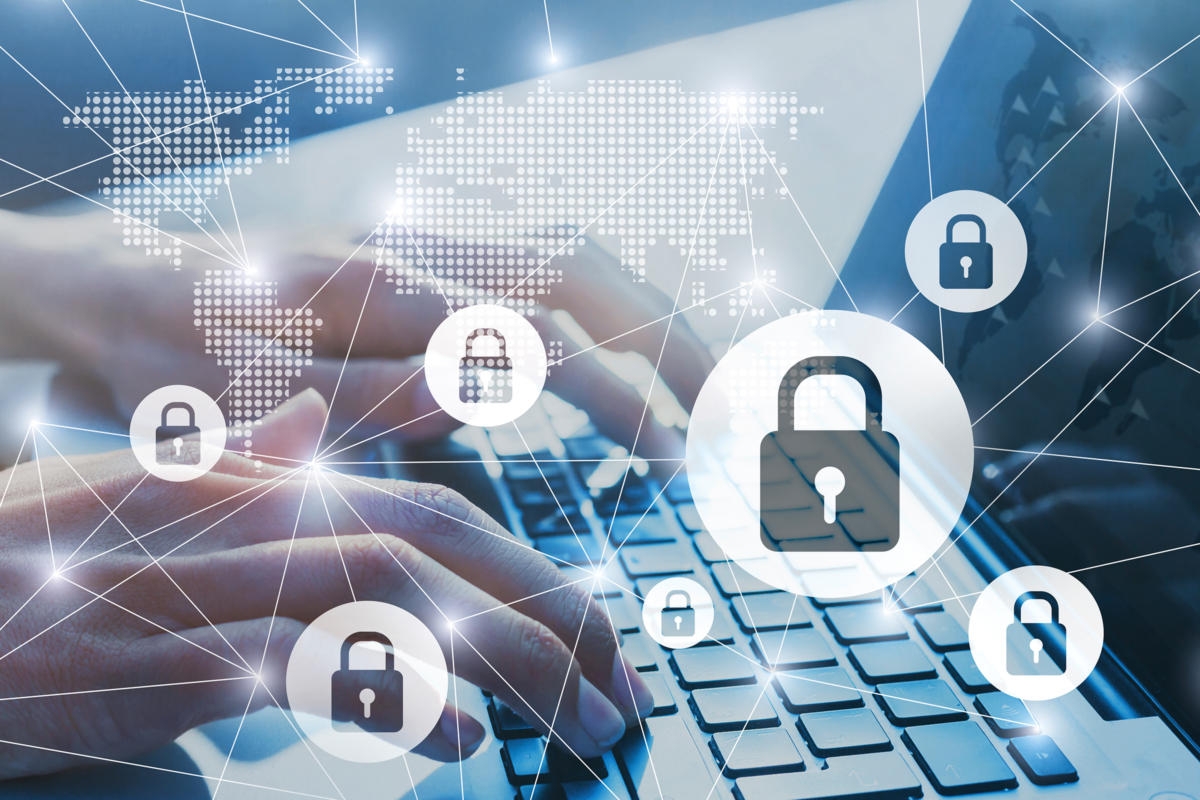
The health crisis expedited the acceleration of virtual work and learning. For many IT and customer service organizations, this meant helping a number of new to remote workers–fast! Needing to collaborate and interact with others, many people have turned to video-teleconferencing (VTC) platforms to communicate.
As you support users relying on VTC, be sure to remind them to take precautions so their virtual meetings are not disrupted or hijacked. During the COVID-19 crisis, virtual meeting hijacking escalated. It earned the name “Zoom-bombing”– where external bad actors infiltrated meetings and posted pornographic and/or hate images while using threatening language.
4 Urgent Tech Practices to Secure Virtual Meetings
Share these 4 cybersecurity tips with your users to mitigate hijacking and keep meetings safe:
- Do not make meetings or classrooms public. Encourage users to select private, password, and use waiting room features.
- Do not share a link to a teleconference or classroom on an unrestricted or publicly available post. Provide the link directly to specific people.
- Manage screen sharing options, i.e. selecting host only.
- Keep remote access/meeting applications up-to-date.
Lastly, one final important tip. If your organization doesn’t have a telework, telehealth, distance learning policy or guide to address information security, it’s time to create and distribute one. As the old adage goes, “an ounce of prevention is worth a pound of cure.” As individuals continue participating in online lessons, consultations and meetings, it’s imperative everyone on your team take proactive measures to prevent cybersecurity threats.
